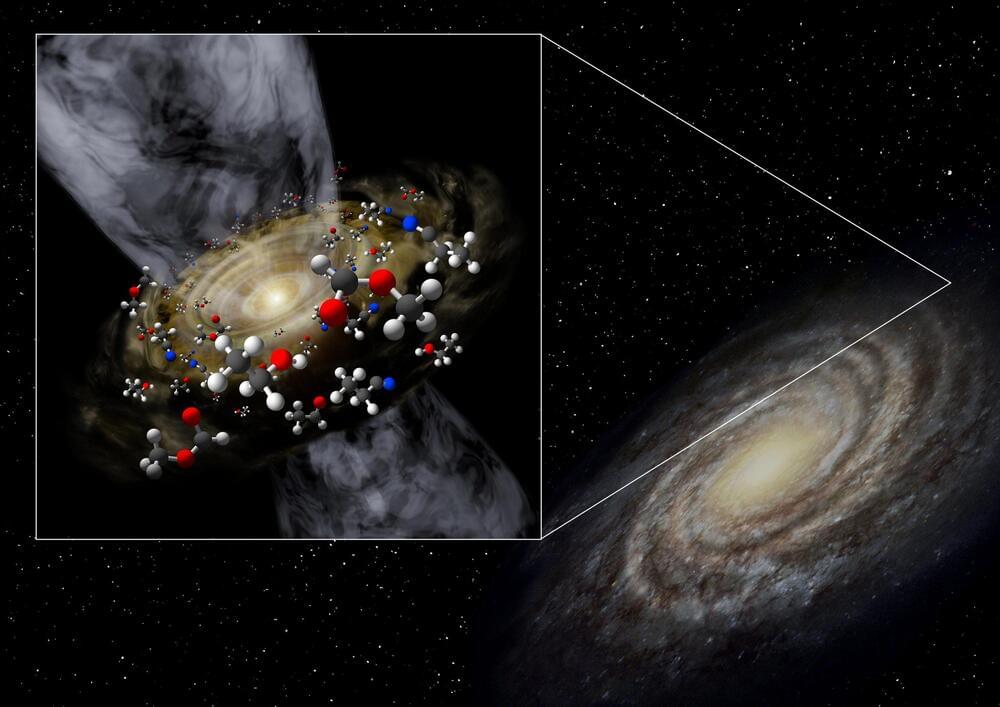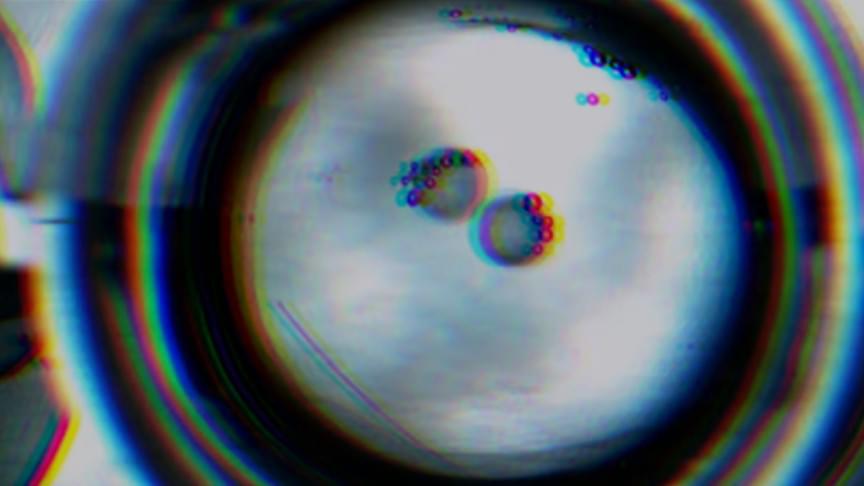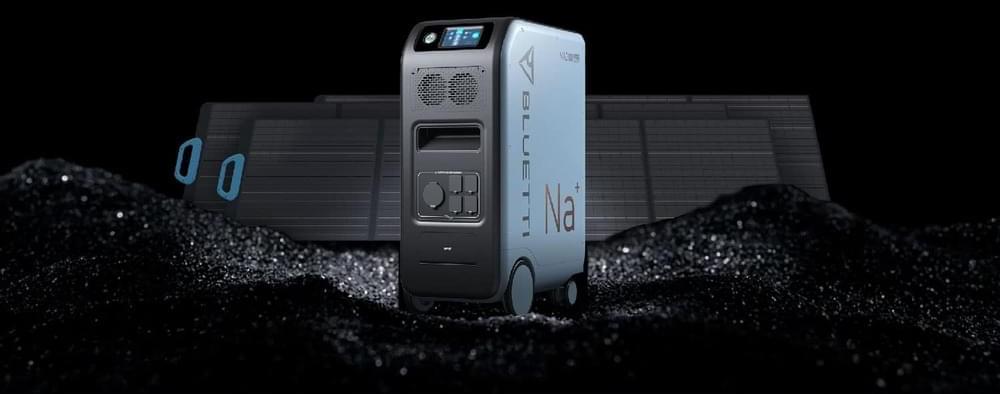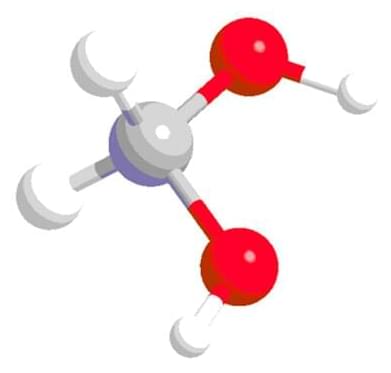Jan 7, 2022
New way to alter DNA, affect health circumvents gut bacteria
Posted by Omuterema Akhahenda in categories: biotech/medical, chemistry, health, neuroscience
Our gut microbiome helps us out every day by processing the fiber we can’t digest. The bacteria ferment the fiber into key chemicals known as short-chain fatty acids, or SCFAs, that are essential for human health. SCFAs fight inflammation, help kill dangerous bacteria, protect the lining of the gut, and can even help prevent cancer.
In a new study, the John Denu lab at the University of Wisconsin-Madison’s Wisconsin Institute for Discovery has learned that the fatty acids butyrate and propionate also activate p300, a crucial human enzyme that promotes the unspooling of DNA. This unwound DNA allows more genes to become active and expressed, which ultimately affects human health.
A study by Wisconsin Institute for Discovery researchers challenges long-held beliefs, with potential implications for physiological processes and diseases such as propionic acidemia, autism spectrum disorder and Alzheimer’s disease.


















